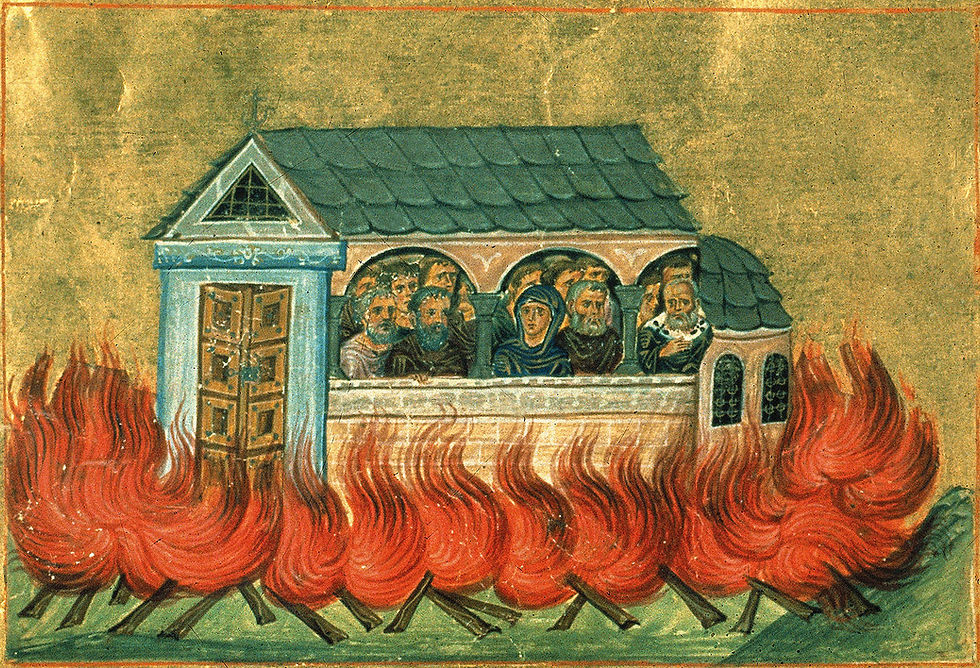Human Cultural Evolution Curbs Violence
- Tim Boatswain

- May 31, 2020
- 2 min read

In a recent talk I gave on The Nature of Evil I quoted the 17th-century philosopher Thomas Hobbs, who said, Nothing is right and nothing is wrong. The idea of evil has no value but is merely a construct. His view, however, was that this ‘construct’, a product of civilisation, ordered government, was essential for humankind, otherwise our species would descend into ‘ the state of nature’:
In such condition [the state of nature], there is no place for industry; because the fruit thereof is uncertain: and consequently no culture of the earth; no navigation, nor use of the commodities that may be imported by sea; no commodious building; no instruments of moving, and removing, such things as require much force; no knowledge of the face of the earth; no account of time; no arts; no letters; no society; and which is worst of all, continual fear, and danger of violent death; and the life of man, solitary, poor, nasty, brutish, and short.

This ‘danger of violent’ death made me think of some research carried out by the University of Granada which sought to demonstrate that the violence in humans had a significant phylogenetic element. So what does that mean in ordinary language: essentially it is the evolutionary history and relationships among our class of organisms. In our case, the class is mammals and then the biological family of great apes. Accumulating over 3000 studies over two years the University team were able to draw up a list of mammals violently killing their own species. The results were undoubtedly surprising: squirrels, wild horses, gazelle, and deer all feature amongst the top 50 killers of their own kind and the most murderous of all were those cuddly Meerkats (well known to us through the TV adverts). Almost one in five meerkats, mainly the young ones are killed by their peers.

Amongst our family, the great apes, chimpanzees are particularly violent and, although we might think of humans as too often violent and murderous, according to the University’s research we are way down the list of killers. However, that does not seem to have always been the case and the academics have calculated that back in palaeolithic (old stone age) homo sapiens were six times more violent than we are today. However, it is really difficult to gather data from prehistoric sources, so we might need to treat this conclusion with some caution.
If we do accept these findings at face value, it does confirm Hobbes' view and demonstrates that humankind’s cultural evolution, the establishment of morals, supported by law and order has curbed some of our worst traits of violence.
Yes, we have a long way to go, as today’s murderous and violent acts - from wars to domestic abuse - demonstrate but it appears we have made progress and, surely, that tells us we must keep trying to control those emotions that lead to aggressive and violent behaviour.




Comments